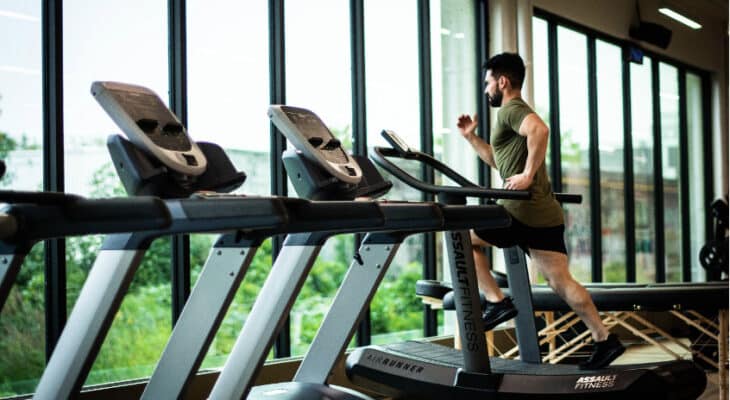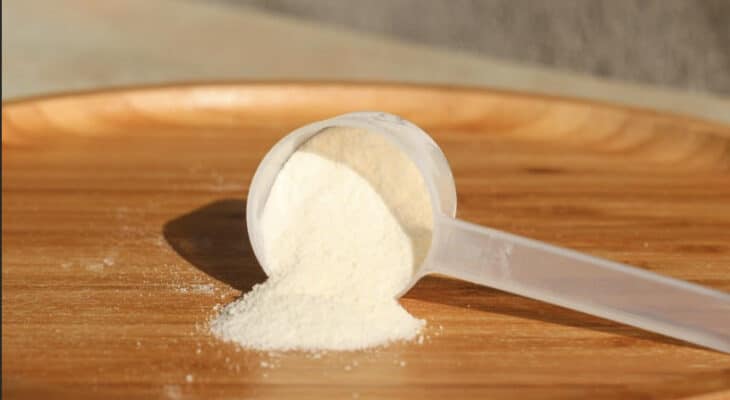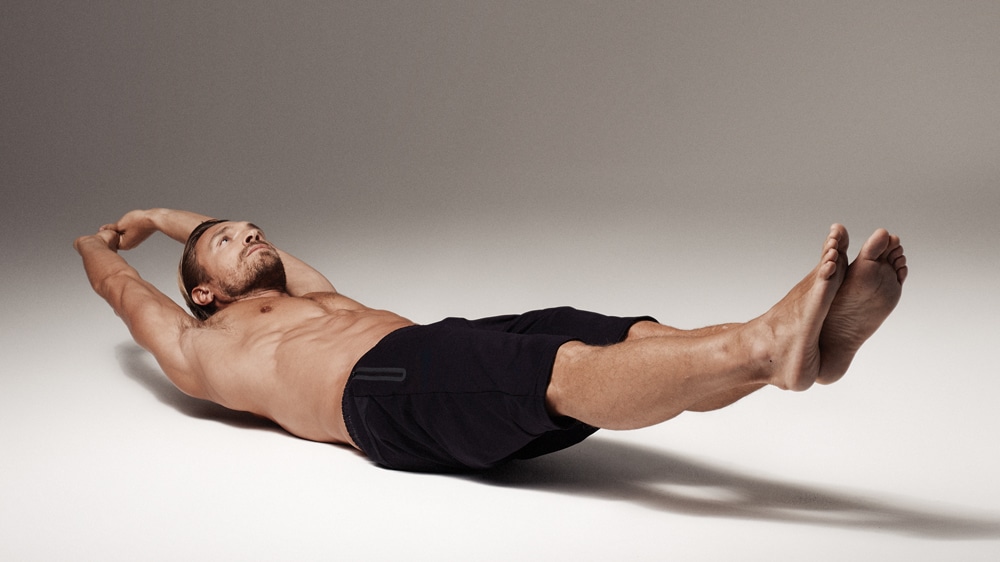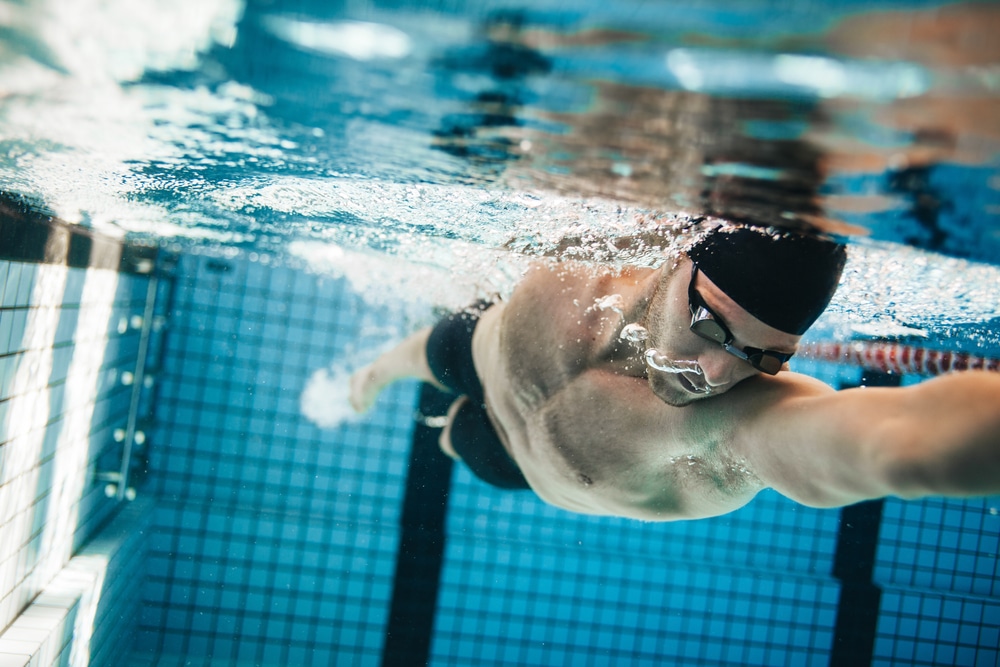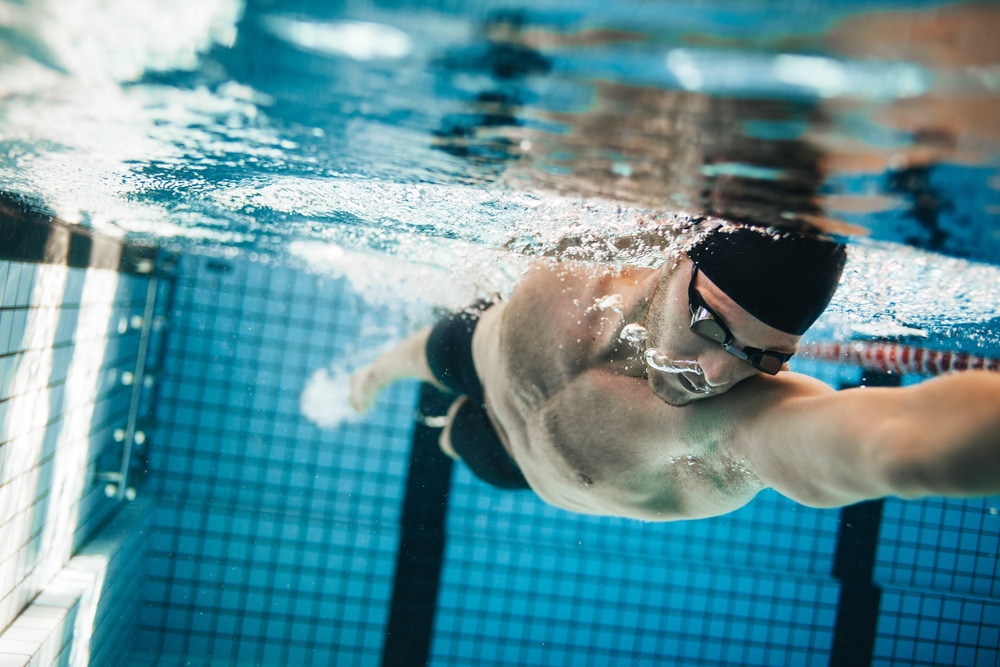
Shutterstock.com/ Jacob Lund
– –
– –
There is something about adulthood that erases the joy felt by simple childhood recreation. For most children, going to the ocean is an exciting and happy experience. Likewise, frolicking in a neighbor’s pool or a local lake carries a sense of fun and refreshment. We like the water for all of its many benefits; indeed, our bodies are made of it. Yet as time passes, the opportunities and passion for swimming dissipate while other forms of exercise–drier and more convenient forms–consume the training schedule. This is a sad phenomenon because swimming is among the most efficient forms of exercise known to athletes and amateurs alike.
A complete workout without machines
Swimming is both an aerobic and resistance activity. Since the resistance comes from water, there is a slim chance of injury – provided the swimmer is executing the stroke in the correct manner. Similarly, aquatic exercise spares bones and joints the pounding jolts of running. Therefore, swimmers attain the positive gains of both weight room and track all in one place. It is no surprise, then, that injured athletes turn to the pool to maintain fitness while healing their bodies from the unintended consequences of other forms of exercise.
No muscle sits out
– –
– –
Swimming activates virtually every significant muscle in the body, including the latissimus dorsi, rhomboids, and trapezius of the back, often hard to develop even with weights. Triceps, too, benefit greatly from this exercise. As Indiana University scientist David Tanner points out: “You look at pictures of swimmers, and you see how the upper body development is really tremendous.” Needless to say, the lower limbs, including glutes and hamstring muscles, receive their due development by a vigorous aquatic workout. Meanwhile, abdominal and other core muscles strengthen and define through regular lap swimming that employs dolphin and flutter kicks, among other techniques. Bone density improves, too. Few other activities can make such comprehensive claims.
Fortifying heart and lungs
While the muscles grow and toughen, swimming also strengthens the cardiovascular system. Quite naturally, this exercise teaches the body to optimize its use of oxygen, as evidenced by lower resting heart and respiration rates. At the same time, swimming burns calories and -in conjunction with healthy eating- it results in weight loss which is always a boon to heart health. In addition, research demonstrates the superior lung capacity of swimmers over other athletes when all other factors are controlled. One caveat to this assertion is that indoor chlorinated pools are sometimes associated with conditions resembling asthma.
Get started now
Added to the advantages noted above, swimming improves mood, endurance and overall vigor. Starting a routine should begin modestly, perhaps swimming freestyle for 50 yards a total of 20 times while taking a half minute breather between each 50-yard lap. When that sequence loses its challenge, the workout should intensify: add laps, accelerate speed, switch strokes etc. Employing a teacher, coach or club to evaluate and correct the stroke is always preferable.
– –






